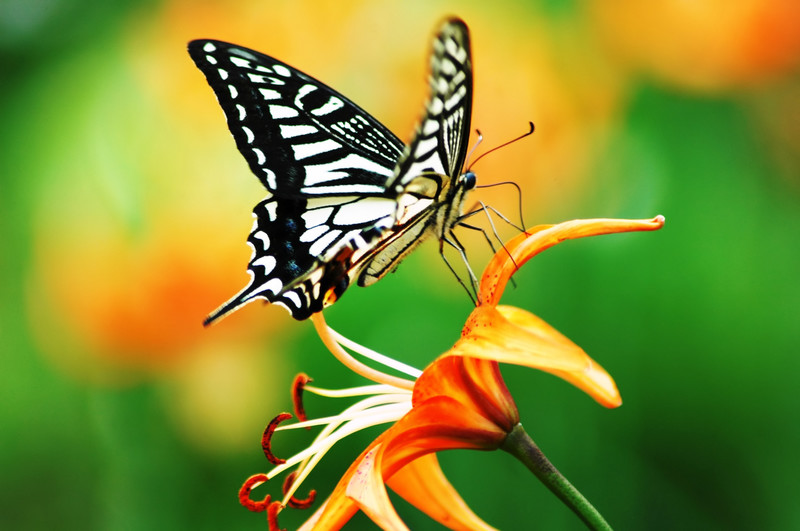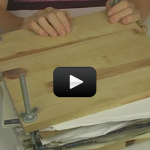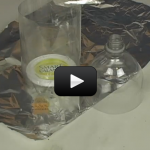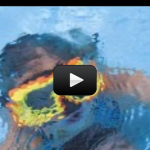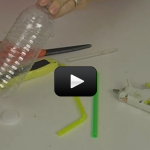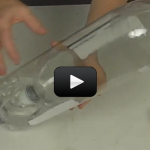Getting Started with Life Science
Most early childhood studies in life science include growing plants from seeds and running an insect farm. These are great activities to do with kids as they are easy to do, low cost, and kids really dig them!
The experiments in this section will take those basic experiments and give you additional activities which include learning to investigate the world of plants and animals by building an observational terrarium-aquarium where they can watch their inhabitants in their natural environment, insect aspirators, and waterscopes.
You can encourage your child to learn how to identify physical characteristics as well as behavior differences and similarities just by watching and observing and talking to them about what they see.
